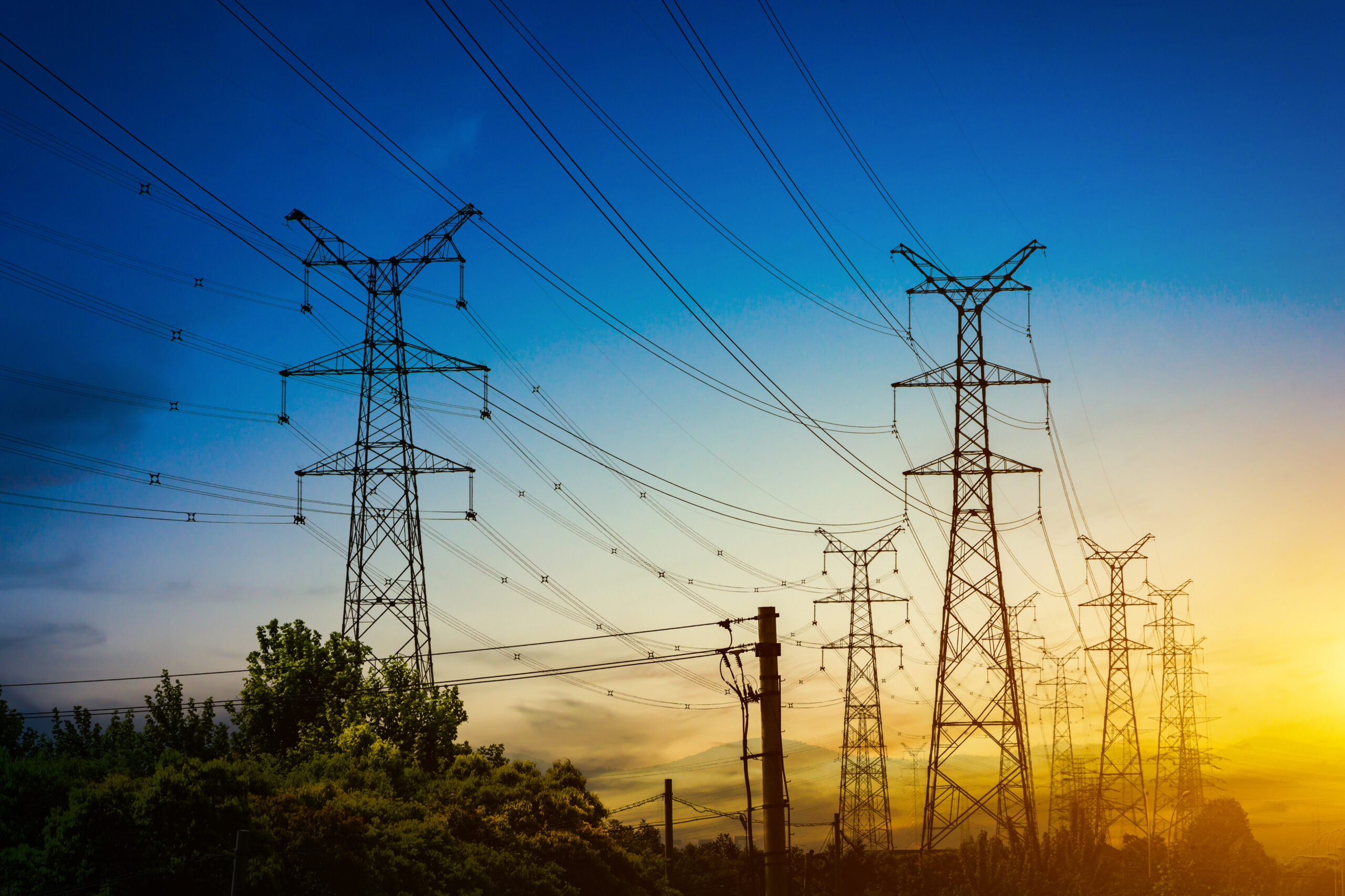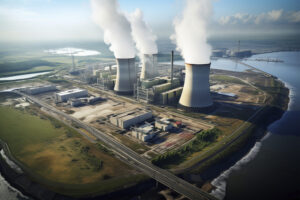
Introduction
In a world driven by energy demands, power plants serve as the backbone of economic growth and technological advancement. Whether fueled by fossil resources, renewable energy, or nuclear power, these plants play a crucial role in ensuring a stable and reliable electricity supply. This guide explores the fundamentals of power plant projects, from planning and execution to sustainability and future innovations.
Understanding Power Plants
Power plants convert various forms of energy into electricity. The most common types include:
- Thermal Power Plants – Use coal, natural gas, or oil to generate steam that drives turbines. They are widely used but face challenges related to emissions and fuel availability.
- Hydropower Plants – Utilize flowing or stored water to turn turbines and generate electricity. These plants are renewable and reliable but require specific geographical conditions.
- Nuclear Power Plants – Harness nuclear fission to produce energy. They provide high output with low emissions but involve concerns over radioactive waste and safety.
- Renewable Energy Plants – Include solar farms, wind farms, and geothermal stations. These are the future of clean energy but depend on technological advancements and storage solutions.
Each type has unique benefits, challenges, and environmental considerations that influence their adoption.

Planning a Power Plant Project
Developing a power plant requires meticulous planning and execution. Here are the key steps:
1. Feasibility Study & Site Selection
- Assess energy demand and local grid integration.
- Evaluate environmental impact and regulatory approvals.
- Conduct hydrological, geological, or wind and solar potential assessments.
- Identify risks such as natural disasters, resource availability, and land constraints.
2. Design & Engineering
- Develop plant layout and select the appropriate technology.
- Optimize fuel supply chains and transmission infrastructure.
- Ensure compliance with industry standards, environmental policies, and safety protocols.
- Plan for backup power systems and future scalability.
3. Procurement & Construction (EPC Phase)
- Source high-quality equipment, turbines, and construction materials.
- Implement project scheduling with milestones for efficiency.
- Execute civil, mechanical, and electrical works, ensuring workforce safety and quality control.
- Manage risks, delays, and cost overruns effectively.
- Coordinate with stakeholders, government bodies, and financial institutions for smooth execution.
4. Commissioning & Testing
- Conduct performance tests for efficiency, load management, and emissions control.
- Integrate the power plant with the national power grid and distribution networks.
- Train operational staff for maintenance, troubleshooting, and monitoring systems.
- Establish protocols for emergency shutdown and disaster management.
Challenges in Power Plant Projects
Building and operating power plants come with challenges, including:
- Environmental Concerns – Carbon emissions, water usage, and land disruption require mitigation strategies.
- Regulatory Hurdles – Obtaining permits, meeting environmental laws, and adhering to government policies can delay projects.
- Financial Investment – High capital requirements, long return on investment periods, and funding constraints make financing a challenge.
- Technological Advancements – Upgrading outdated systems, incorporating automation, and integrating smart grid technology require continuous innovation.
- Grid Stability & Energy Storage – Renewable plants face intermittency issues, necessitating advanced battery storage or hybrid systems.
Sustainable Power Generation: The Future Ahead
The energy sector is undergoing a major transformation towards sustainability. Emerging trends include:
- Smart Grids & Digitalization – AI-driven power management, predictive maintenance, and IoT integration for better efficiency and grid stability.
- Battery Storage Solutions – Enhancing reliability for renewable energy sources, reducing dependency on fossil fuels.
- Hydrogen & Hybrid Power Plants – Combining renewable energy with hydrogen storage for consistent output and low emissions.
- Carbon Capture Technologies – Reducing emissions from fossil-fuel-based plants through carbon sequestration and cleaner combustion methods.
- Decentralized Power Systems – Microgrids and distributed energy resources (DERs) enabling energy independence and rural electrification.
Case Studies of Successful Power Plant Projects
1. Three Gorges Dam (China) – The largest hydroelectric power plant in the world, generating 22,500 MW of electricity. (Read more: https://www.re-thinkingthefuture.com/case-studies/a11629-project-in-depth-the-three-gorges-dam-china/ )
2. Kashiwazaki-Kariwa Nuclear Plant (Japan) – One of the world’s most efficient nuclear plants, ensuring energy security with minimal emissions. (Read more: https://www.power-technology.com/projects/kashiwazaki/)
3. Hornsea One Offshore Wind Farm (UK) – A leading example of large-scale offshore wind energy, powering over one million homes. ( Read more: https://www.power-technology.com/projects/hornsea-project-one-north-sea/)
4. Tesla’s Big Battery (Australia) – A milestone in battery storage technology, stabilizing the grid and supporting renewable integration.
Conclusion
Power plant projects are crucial to meeting global energy demands while transitioning toward sustainable solutions. As new technologies emerge, the future of power generation will be more efficient, eco-friendly, and resilient. Whether you are an investor, engineer, or policymaker, understanding the dynamics of power plant development can help drive energy innovation and economic progress.

